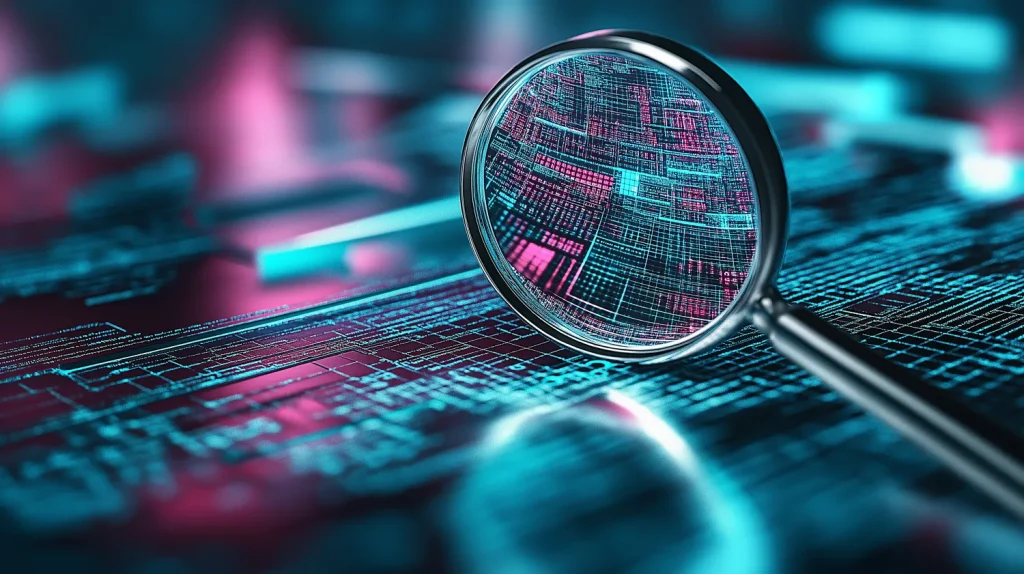Phishing remains one of the most widespread and alarmingly effective techniques used by cybercriminals. It is a form of social engineering in which attackers impersonate trusted entities (banks, energy providers, government agencies, social networks, etc.) to trick victims into voluntarily sharing sensitive information, such as login credentials, credit card numbers, or personal and corporate data.
Unlike purely technical attacks, phishing primarily exploits human vulnerabilities—trust, urgency, distraction, or fear. A single click on a fraudulent link can lead to account compromise, financial loss, or system infiltration. Phishing is often the entry point for more complex cyberattacks, including ransomware and corporate espionage.
An Evolving Threat
Phishing attacks have grown increasingly sophisticated in recent years. Gone are the days of poorly written emails—today’s phishing attempts feature perfect imitations of official websites, legitimate-looking logos, realistic sender addresses, and personalized messaging designed to target specific individuals or organizations.
The integration of artificial intelligence has further amplified this threat. Thanks to natural language processing and content generation tools, phishing messages are now written in flawless language and tailored to each target’s profile, making them nearly indistinguishable from genuine communications.
AI also enables the generation of realistic synthetic voices and deepfake videos, paving the way for new multimedia phishing strategies that manipulate victims using both sound and visuals. For example, a phone call mimicking a manager’s voice may be enough to persuade an employee to urgently transfer funds.
Common Techniques and Emerging Variants
Phishing techniques are constantly evolving to bypass security systems and exploit human behavior. Here’s a breakdown of the most common methods and emerging trends:
Email Phishing
The most traditional method. Attackers send emails that appear to come from trusted sources, prompting recipients to click malicious links or download infected attachments. These messages might impersonate invoices, security alerts, package notifications, or customer service contacts.
Spear Phishing
Targeted phishing that uses specific information about the victim (name, job title, company, habits) to make the message more convincing. Often used against businesses or key personnel.
Whaling
A form of spear phishing aimed at high-level executives, decision-makers, or public figures. Because these individuals often have access to sensitive data or financial systems, the stakes are higher.
Smishing and Vishing
Smishing (SMS phishing) uses fake text messages with malicious links or phone numbers. Vishing (voice phishing) involves fraudulent phone calls—often automated or impersonating legitimate contacts—urging victims to divulge confidential information.
Clone Phishing
A perfect copy of a legitimate email the victim previously received is resent, but with malicious links or attachments. This method is especially dangerous because it relies on pre-established trust.
Deep Phishing
Newer phishing forms incorporate deepfake audio and video, simulating calls or visual messages from real people—such as colleagues, managers, or partners. These emotionally manipulative attacks use familiarity and urgency to deceive.
The Need for a Multi-Layered Response
Given the diversity and sophistication of phishing attacks, an effective defense requires a multi-layered security strategy that combines technology, awareness, and a culture of vigilance:
-
Implementation of robust anti-spam and anti-phishing filters
-
Use of multi-factor authentication (MFA) to secure accounts
-
Continuous monitoring of systems and detection of unusual activity
-
Ongoing user training to recognize warning signs
-
Simulated phishing campaigns to assess and improve employee readiness
-
Promotion of a healthy skepticism, encouraging verification of any unusual request
Conclusion
Phishing remains a favored weapon among cybercriminals due to its simplicity, high return rate, and alarming effectiveness. Its ability to evolve and leverage new technologies makes it particularly hard to detect and counter. In 2025, cybersecurity is everyone’s responsibility. Every user can become a target—but also a line of defense. Nurturing a vigilant digital mindset is more essential than ever.

